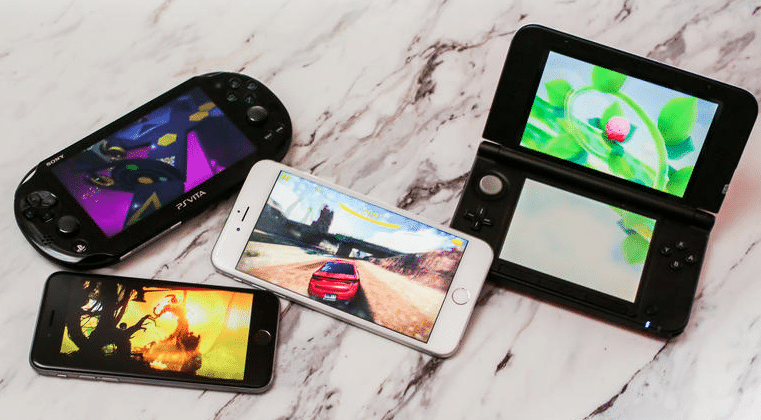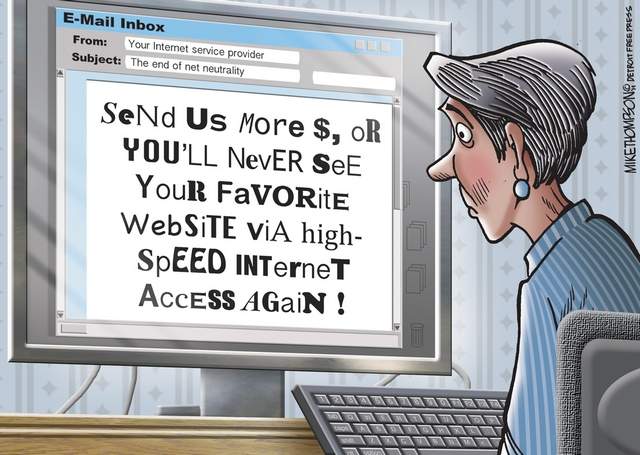Apple has boasted about the new features its iPhone 6 Plus brings to the world of cellular devices, but it seems like the latest iPhone could also revolutionize the gaming world as well.
Slowly but surely, Apple was on a clear path to disrupt the gaming industry in a major way.
Apple’s iPads were the first major steps to making the devices more gamer-friendly, but even those sleek tablets can’t hold up to the promise of the iPhone 6 Plus.
While some consumers worried about the new iPhone’s larger screen size, gamers have found that the screen is perfect for on-the-go gaming.
In addition to boasting more screen real estate than previous cellular devices by Apple, the Retina display makes a spectacle out of every image that comes across the device’s screen.
According to the New York Daily News, watching The Avengers was a particularly beautiful experience with “flawless” visuals and “little details, such as the veins in the Hawkeye’s arms” being easy to spot.
Of course, the beautiful resolution and a larger screen aren’t enough to push the Nintendo 3DS and PS Vita off the market.
What does pose a larger threat, however, are the number of games that are making their way to the App Store.
Incredibly popular titles such as Grand Theft Auto: San Andreas and certain versions of Final Fantasy are already available for iPhone users – something that Android devices don’t have the same access to.
Many of the major video game titles don’t seem to pop up on the Google Play store, which puts the latest Galaxy devices at a major disadvantage.
Even more exciting for Apple users is the fact that the iPhone 6 Plus has not even tapped into its full potential just yet.
The device will give developers the ability to push game play and graphics to the next level.
Of course, there are still some downsides to the device – none of them being incredibly major.
As a video released by TechCrunch pointed out, the placement of the speakers can be a little annoying for most gamers.
For many games, the phone will actually be held on its side by both hands, which forces the users to cover the speakers with their hands.
To make matters worse, plugging in headphones isn’t a much better solution.
TechCrunch’s Kyle Russell demonstrates in the video, the placement of the headphone jack can be inconvenient for gameplay.
Another disadvantage of the iPhone 6 Plus compared to the 3DS and Vita is the fact that it can be difficult to see the full screen once users place their hands on either side of the device.
Fortunately, this has a much simpler solution.
Developers have released wireless controllers that sync to the iPhone 6 Plus through Bluetooth.
This means that all gamers would have to do is prop up the device, connect the controller and suddenly they can take full advantage of all that gorgeous screen real estate.
It’s still too early to say that the new iPhone will become the new king of portable gaming, but it certainly boasts enough impressive features to have Nintendo and PlayStation scrambling for new ideas.












